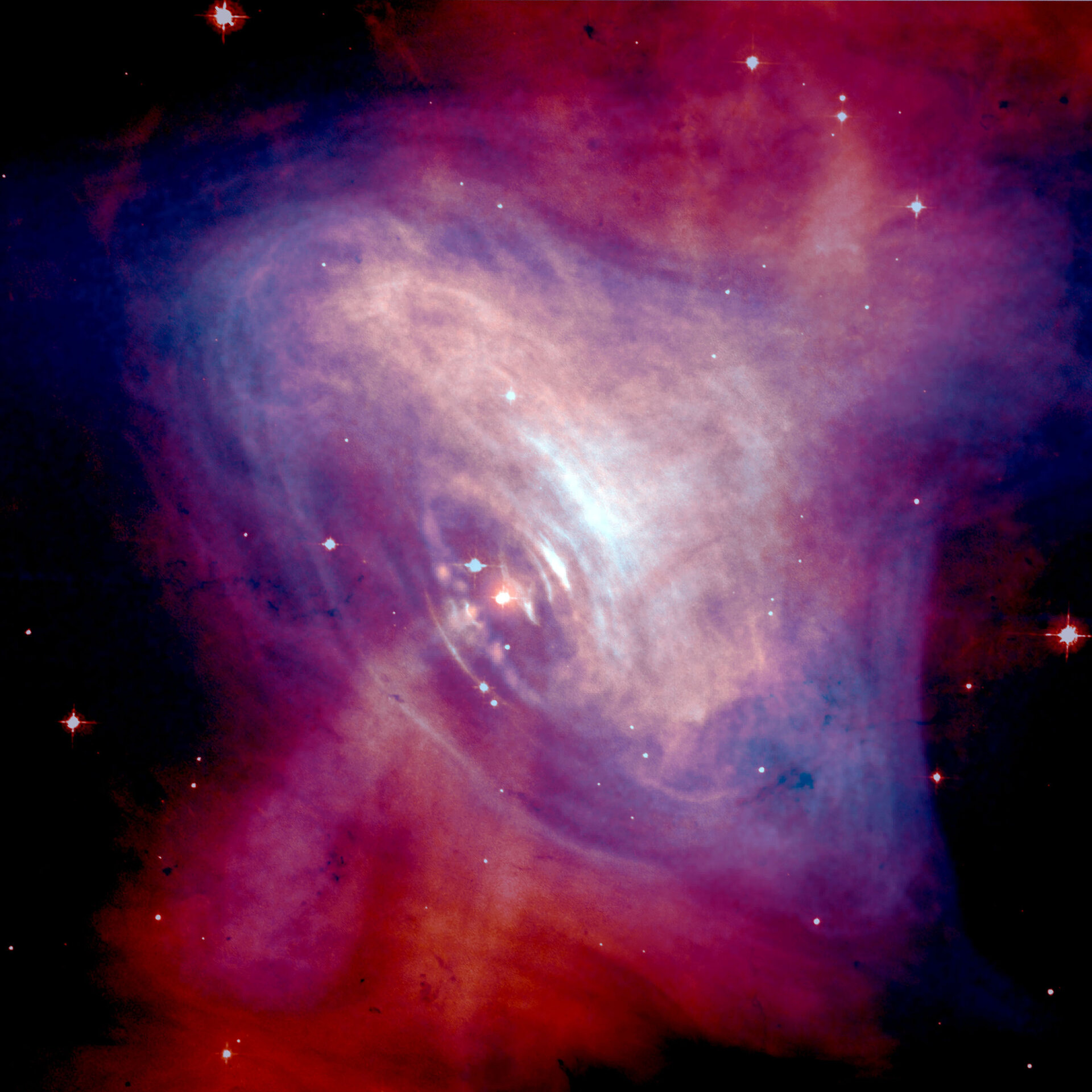5 July
1054: On 5 July 1054, a powerful celestial explosion brightened the summer sky. It was the spectacular explosion of a supernova, the violent death of a star that may have been as much as ten times more massive than our Sun. Chinese astronomers saw and recorded the star's demise.
Appearing in the sky above the southern horn of the constellation Taurus, this star was described by the Chinese as six times brighter than Venus and about as brilliant as the full Moon. The remains of this star were later christened the Crab Nebula, a cloudy, glowing mass of gas and dust about 7000 light-years from Earth.















 Germany
Germany
 Austria
Austria
 Belgium
Belgium
 Denmark
Denmark
 Spain
Spain
 Estonia
Estonia
 Finland
Finland
 France
France
 Greece
Greece
 Hungary
Hungary
 Ireland
Ireland
 Italy
Italy
 Luxembourg
Luxembourg
 Norway
Norway
 The Netherlands
The Netherlands
 Poland
Poland
 Portugal
Portugal
 Czechia
Czechia
 Romania
Romania
 United Kingdom
United Kingdom
 Slovenia
Slovenia
 Sweden
Sweden
 Switzerland
Switzerland
































